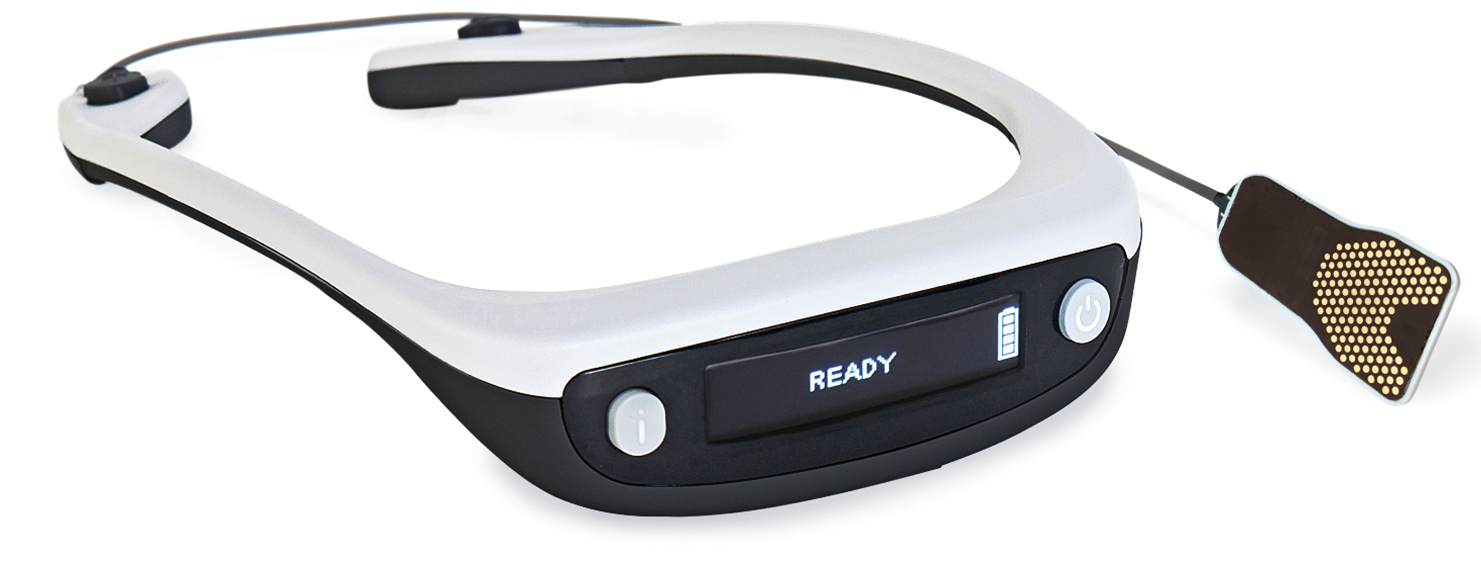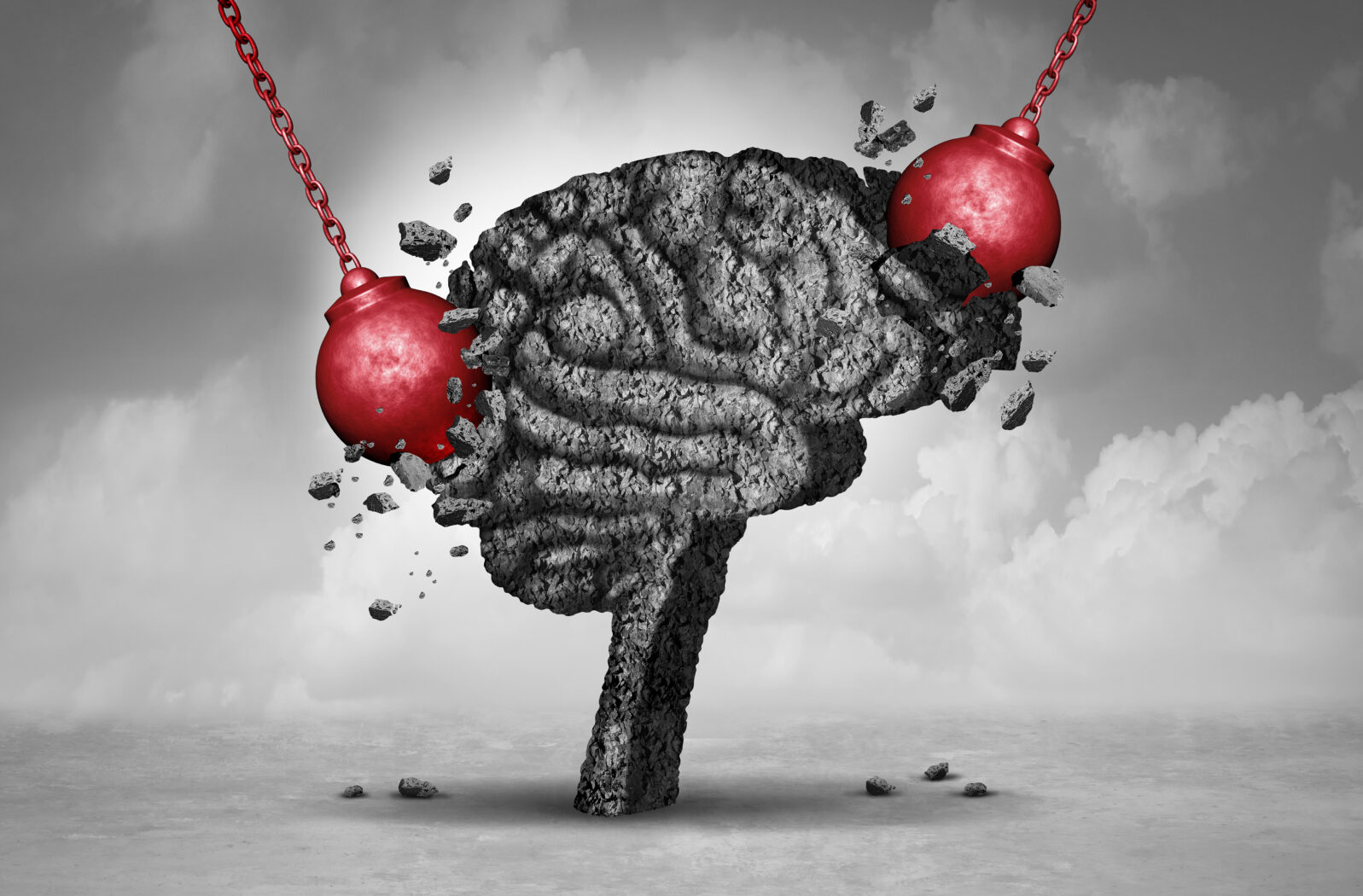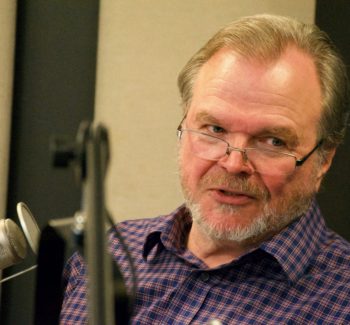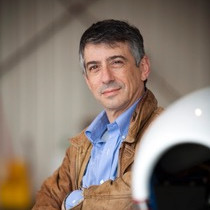Non-Invasive Healing for the Wounded Brain
One method does not involve invasive surgery but rather stimulating the tongueLast week, Mind Matters News looked at remarkable new discoveries about neuroplasticity (how our brains heal themselves). This week, our host, Walter Bradley Center director Robert J. Marks looks at a new technique intended to help an injured brain heal:
I have a good friend that suffers from epilepsy. To attempt a cure, surgeons cut a flap out of his skull and placed a sheet of sensors directly on his brain. Then my friend was told to actually try to have a seizure so that data could be collected. … That’s what you call an invasive procedure!
At the other extreme, there is noninvasive therapy such as mental exercises. Persons suffering from PTSD or addiction are given mental exercises to help rewire their brains.
Is there a position in between? Can healing be accelerated by technical methods that avoid brain surgery? You’d be surprised, perhaps, to learn that one method does not involve invasive surgery but rather stimulating the tongue.
Surprisingly perhaps, stimulation to the tongue can spur changes to brain functions. Today, we will look at the Portable Neuromodulation Stimulator (PoNS) being developed by Helius Medical Technologies.
The PoNS is placed on the tongue and supplies mild electrical stimulation to the patient to accelerate brain adaptation. Here’s an example of how it can work:
Could such a technology help rewire the brains of sufferers from multiple sclerosis and cerebral palsy? We’ll look at that on our Mind Matters podcast today.
Our guest on the podcast is again Jonathan M. Sackier, chief medical officer of Helius Medical Technologies and a pioneer in non-invasive microsurgery.
How the Injured Brain Heals Itself
Some excerpts from the podcast:
Marks: The PoNS videos I saw were done at U Wis-Madison in the early stages of development of PoNS. They were with people who had lost their balance. The results were incredible. Could you explain what happened?
Sackier: The idea of using neuromodulation or external energy to induce or encourage the brain to rewire itself—the concept of neuroplasticity, if you will—that’s been around for a long time, electroconvulsive therapy, implanted electrodes to treat Parkinson, epilepsy, and so on and so forth and in the spine to treat back pain, that’s been around for a long time. But people have started looking at external, non-invasive means of inducing a neuroplastic response… They chose the tongue for a number of reasons: One, the tongue has the richest nerve supply of anywhere in the body and if you look at the imprint of the tongue on the brain, it occupies a big area. So the brain clearly thinks the tongue is important.
And, in fact, if you think about it, as I am speaking to you now, my tongue is wagging around in my mouth and it’s avoiding getting bitten by my teeth. It happens rarely, right? It also has great sensitivity. You know what it’s like if you have poppyseed stuck between your teeth; it feels like a boulder. So the tongue is amazingly sensitive and in fact, when we are developing as a fetus, the tongue grows off the front of the brain. And, as it does, if you will, it pulls nerves with it.

There are twelve nerves in the body called the cranial nerves. These are nerves that do not travel through the spinal cord. Four of the twelve innervate the tongue and one of them is called the trigeminal nerve and that turns out to be a very, very interesting and important nerve because it mediates the diving reflex. The diving reflex allows dolphins, whales, and porpoises to change their physiologies to atmospheric pressure. Human beings also have a diving reflex but it tends to regress from six months old unless, of course, you’re a diving nomad from Indonesia. And that reflex, we believe, may play a role in the effect we’re having when you bring energy by the tongue into the brain, combining it together with physical therapy to induce a change in the brain.
Marks: The videos from the University of Wisconsin involved people who had lost their balance due to loss of motor control. What is happening there?
Sackier: I just want to be clear that the work done at the University of Wisconsin was before Helius licensed the intellectual property so we do not claim any authorship of those videos. And, quite frankly, I am a little bit cautious about those videos. I would rather show people data, hard data.
We take patients with profound, chronic balance disorders as a result of a traumatic brain injury —and a balance disorder that has undergone state-of-the-art gold-label physical therapy—and have got as well as they can get with physical therapy yet they still have a balance disorder. And of those people, the literature will tell you, an eight-point gain on a hundred-point scale that we use to evaluate balance disorders is statistically significant. If you use that metric, then eighty percent of the people we treated have that gain. About sixty-seven percent had a fifteen-point gain, which is greater than was ever recorded in physical therapy literature. And this is in a group of people who already had physical therapy. And somewhere around 52 percent of the people, at the end of the treatment session, which is between five and fourteen weeks—between 52 and 53 percent—are in the normal range. Their balance has been ameliorated.
Marks asked about whether PoNS had been tried in chronic brain diseases like multiple sclerosis and cerebral palsy:
Sackier: MS is a chronic condition that has a very wide array of presentations and it is very often treated symptomatically with drugs called neuromodulators… We took patients with multiple sclerosis who had a balance and gait disorder and we used the PoNS device—again, it’s an investigational medical device and we used it in the format of an institutional review board ethically approved clinical trial—and we showed that if you combine it with physical therapy, swe could improve balance and gait in these patients and furthermore, we could show changes on the functional MRI.
I’m highly enthusiastic and very excited about what PoNS represents but it’s critically important not to be hyperbolic because people who have got a neurologic disease are vulnerable. They don’t just have the disease, they have the dis-ease of having to live life in a wheelchair, having to be reliant on other people for caregiving, and that creates emotional distress. So we have a profound obligation to be honest, open, transparent, and to do darn good science! And that’s what we’re trying very, very hard to do.
The discussion goes on to address potential clinical uses of PoNS in autism and addiction.
Note: The PoNS has been cleared by Health Canada and is being used in treatments but is still under investigation by the FDA and in Europe.
—
See also: Part I: How the Injured Brain Heals Itself: Our Amazing Neuroplasticity Jonathan Sackier is a pioneer in non-invasive techniques for speeding the healing of traumatic brain injuries People who have come back from catastrophic injuries like Zoller’s intrigue neuroscientists because they offer a glimpse into the neuroplasticity that enables the brain to restore lost functions, which we can learn to augment.
Further reading: The human brain: Even basic facts are hotly contested The brain does not operate like a set of switches, as we used to think.
The brain is not a meat computer. Neurosurgeon tells us, “Dramatic recoveries from brain injury highlight the difference”
and
Boy loses large hunk of brain And is “doing just fine”


